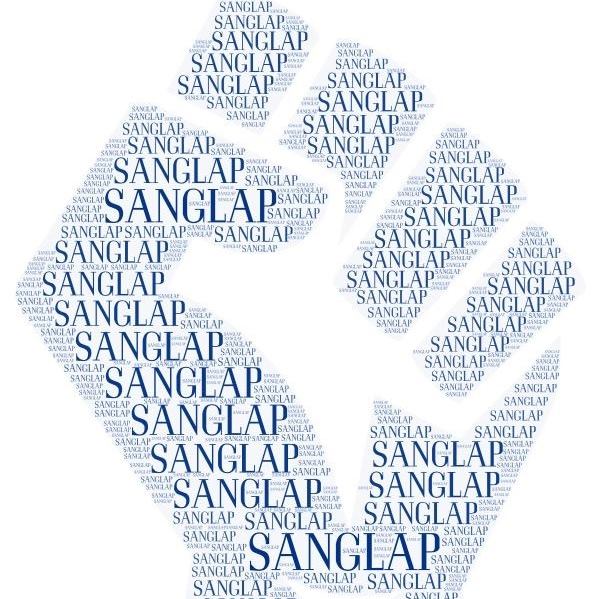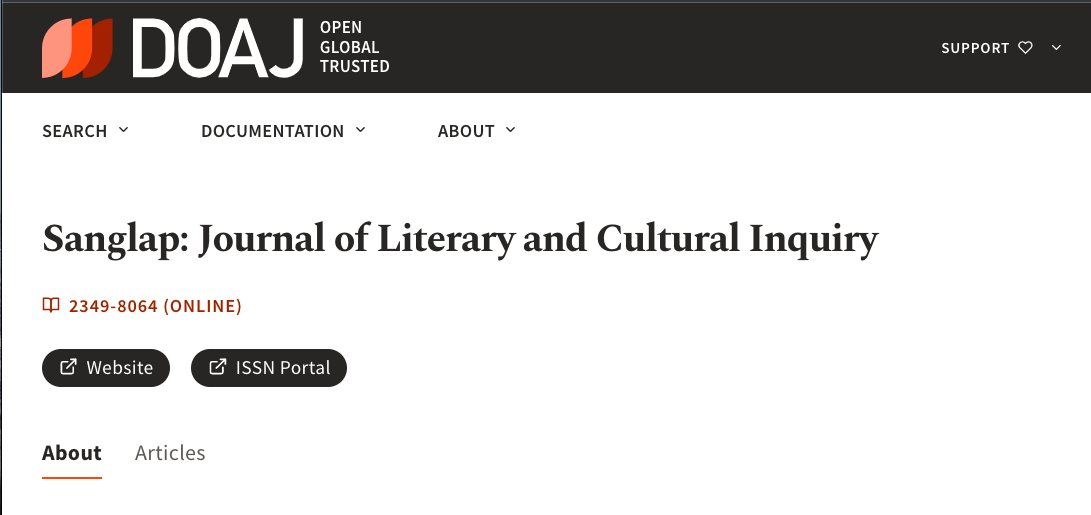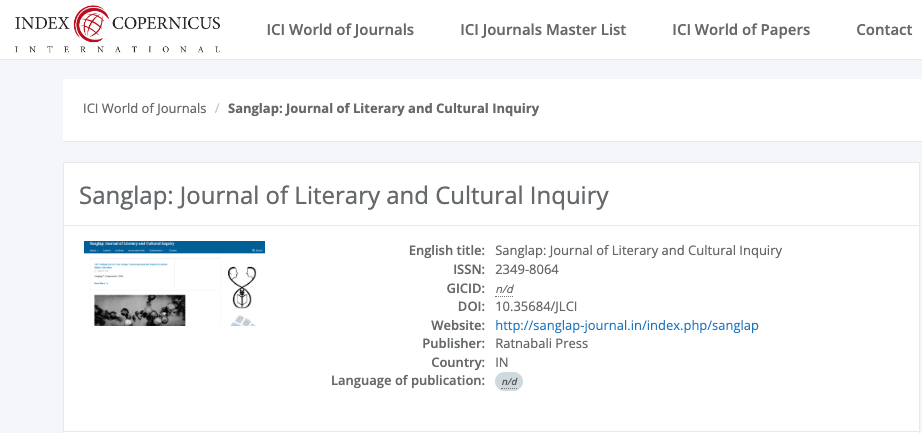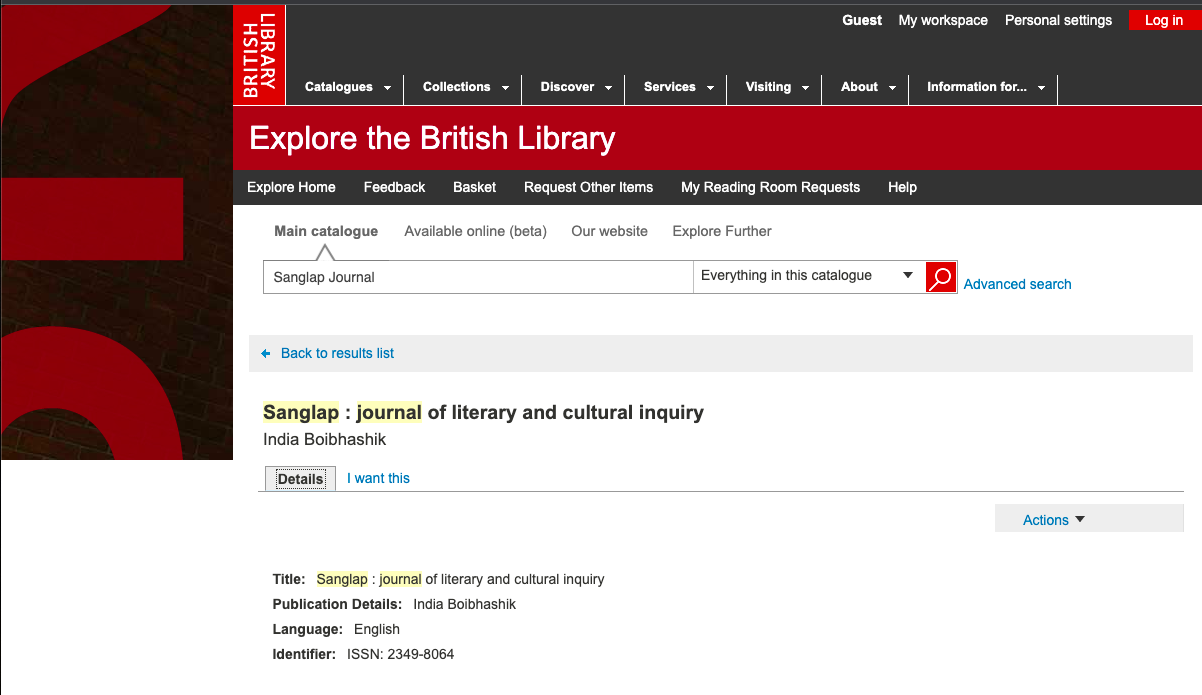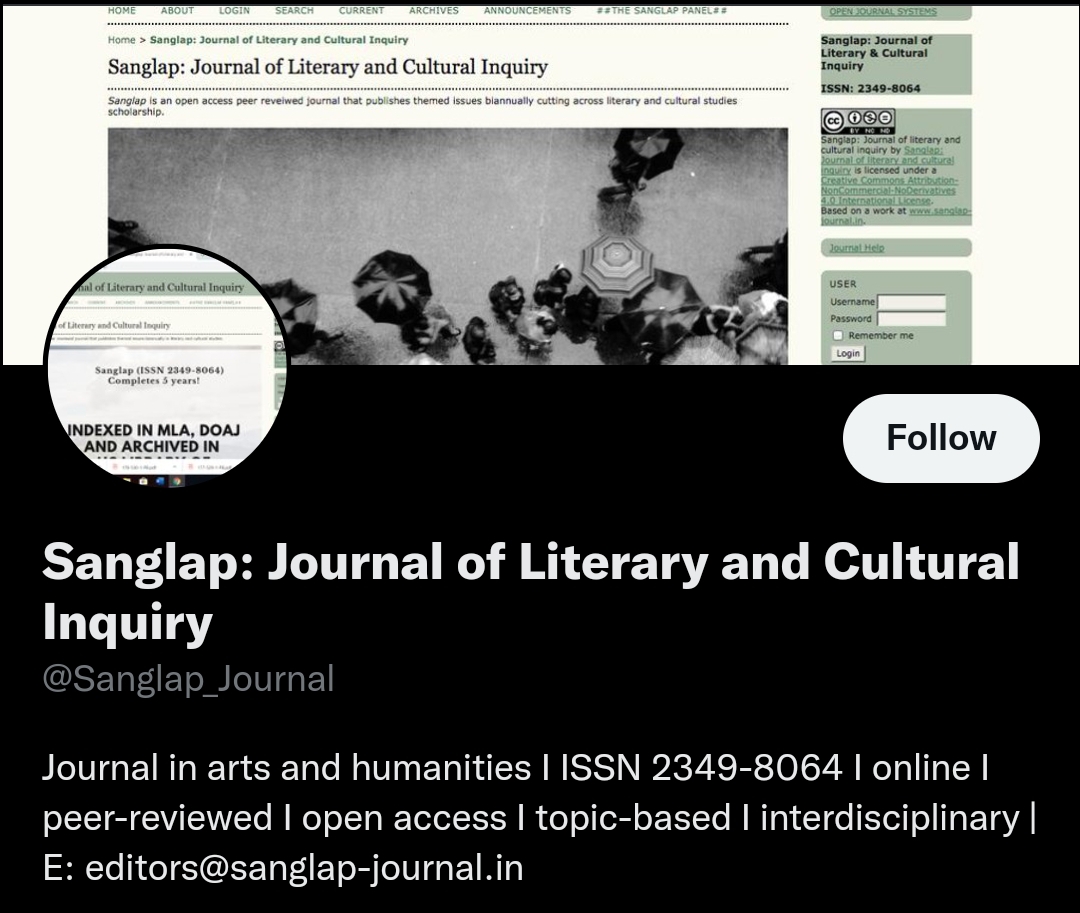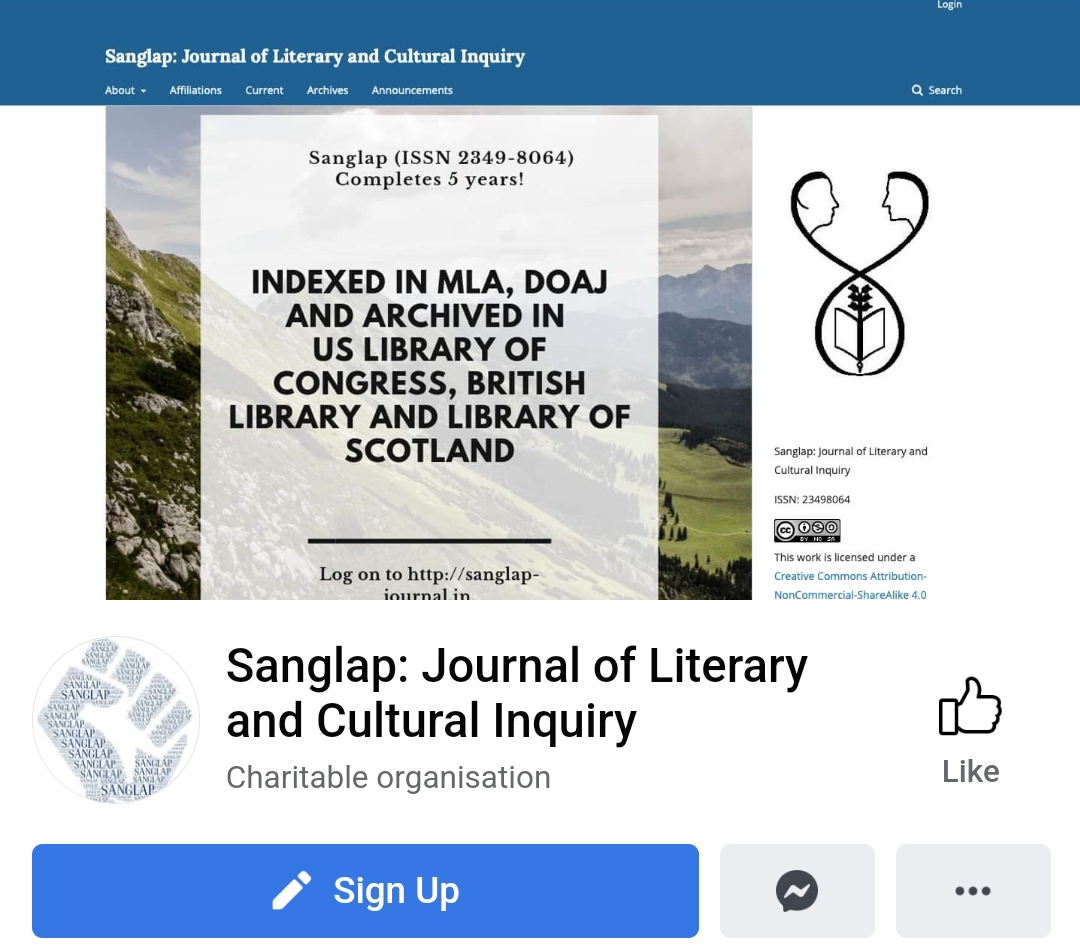CFP for Sanglap 11.2 on Politics of Waterscapes
CFP for Sanglap 11.2
We draw from this use of the term and want to explore how water has been commodified or enclosed for profit as a resource, generating complex power dynamics. Issues of access in terms of caste, race, or gender related discrimination have also mobilised conversations around pitching water at the centre of discussions for community and economy. In many cases, these thinkers have gone to literature to support their arguments, as literary scholars have argued for water’s significance for community building and historical documentation. Water’s agentic power has also made recent incursions into critical studies where questions of fluidity and power have led to the emergence of the subfield, ‘blue humanities’.
It is this framework of understanding water as a source of energy, resource, commodity, as well as philosophy, politics, and culture that we wish to explore in this issue through studies of how water is represented in literature and culture. Recent and burgeoning work on hydropolitics, riparian fiction, liquid modernity allows to think where we stand with the question of water in literature as we enter the second quarter of the 21st century.
